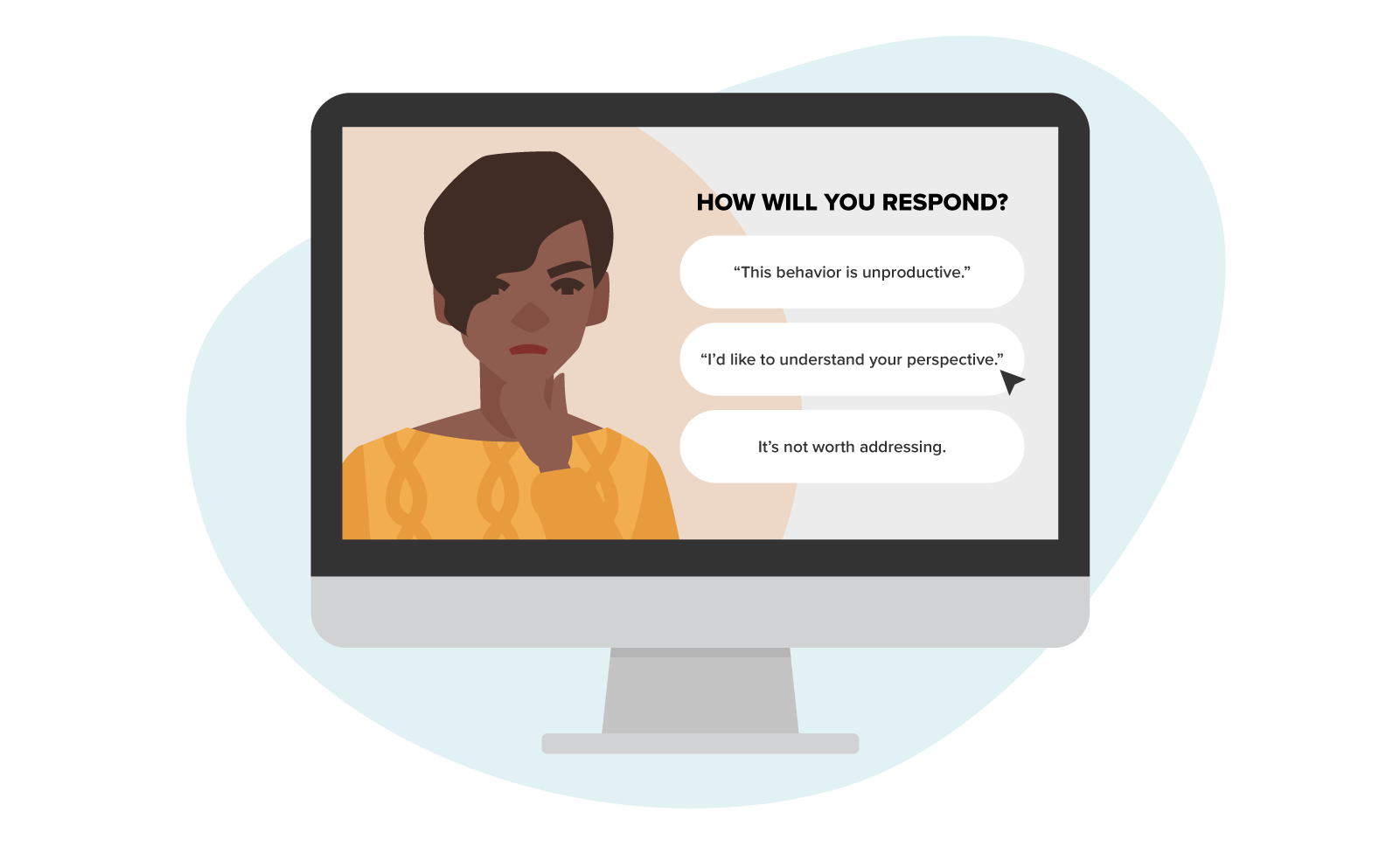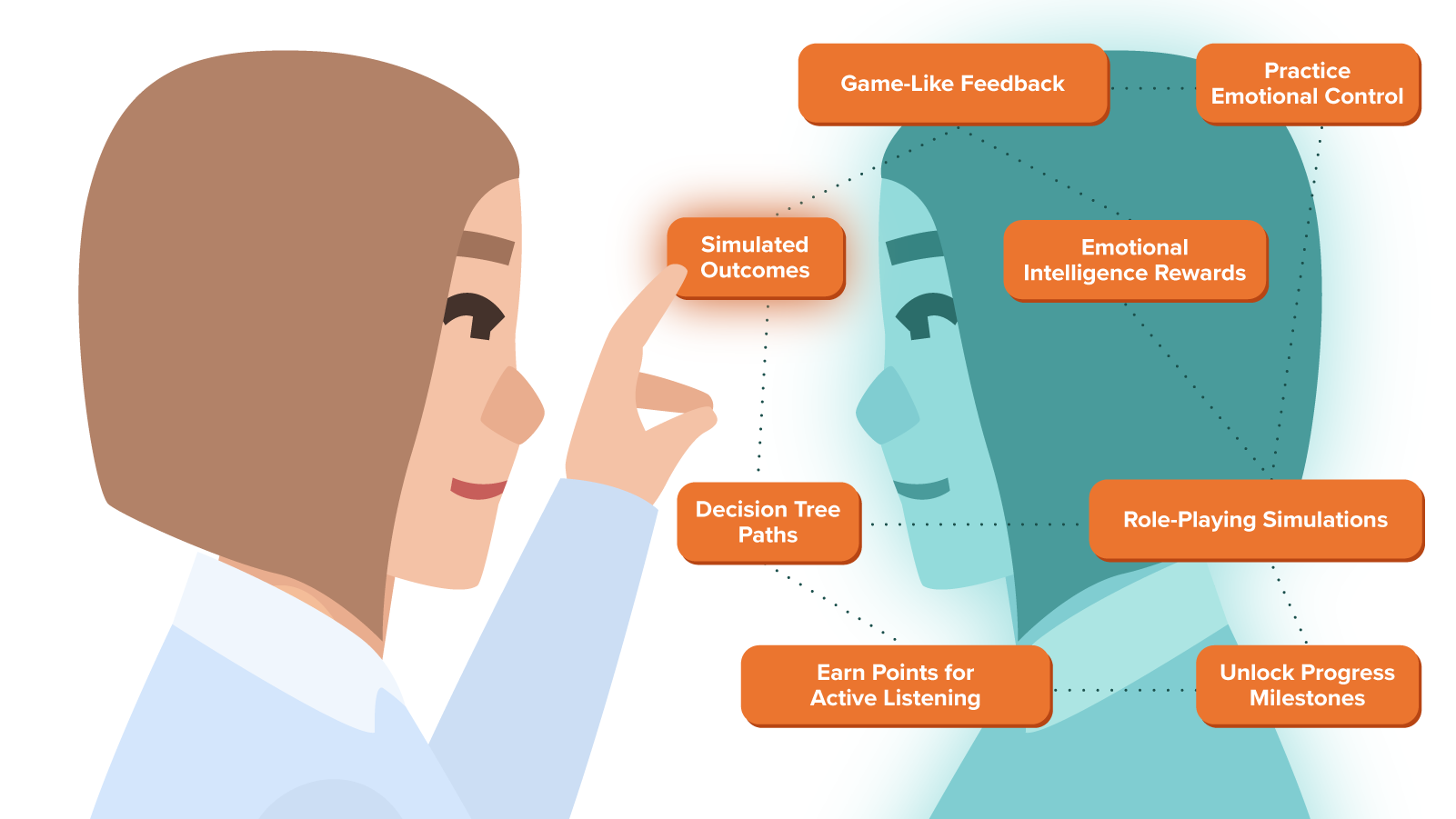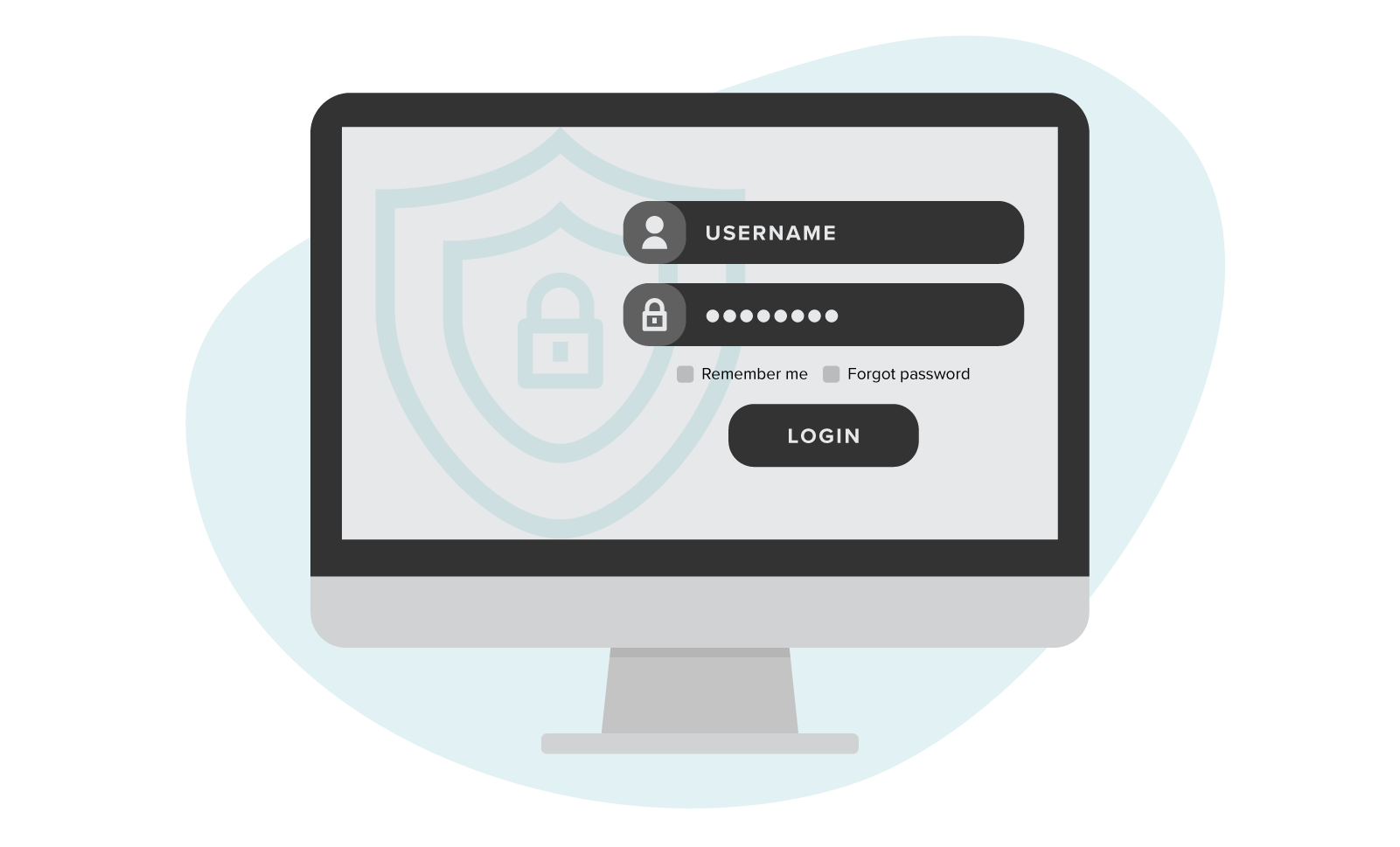Table of Contents |
Gamification in conflict resolution uses game elements to encourage collaboration, behavior change, and problem-solving. In this section, you will explore how gamification is applied to foster teamwork, improve communication, and simulate real-life conflicts through role-playing games. By incorporating points, rewards, and immersive scenarios, gamification can make the process of resolving conflicts more engaging and effective.

Gamification is the process of applying game-design elements and principles in nongame contexts to enhance engagement, motivation, and desired behaviors. In conflict resolution, gamification is becoming an innovative tool to address disagreements, mediate disputes, and foster collaboration. By incorporating elements like challenges, rewards, and interactive scenarios, gamification transforms the traditional methods of conflict resolution into more engaging and motivating processes.
Gamification can be used in various contexts, such as resolving workplace conflicts, improving communication within teams, or facilitating mediation between parties. In these settings, game-based techniques encourage individuals to approach conflict with a problem-solving mindset. Rather than seeing disputes as negative confrontations, gamification reframes them as opportunities to collaborate, learn, and achieve mutual goals. Through role-playing, simulations, and point-based systems, gamification helps participants focus on cooperation, recognize shared interests, and practice empathy—all while building skills for effective conflict management.
This approach not only fosters positive behavior during conflict resolution but also motivates participants to actively engage in the process, helping reduce stress, increase emotional regulation, and improve the overall outcomes.
Gamification is a powerful tool for encouraging collaboration and fostering positive behavioral change, especially in conflict resolution settings. By incorporating game-like elements such as points, rewards, leaderboards, and achievements, gamification can motivate individuals to engage in cooperative problem-solving and improve communication. These elements transform conflict resolution into an interactive process where participants feel a sense of accomplishment and are driven to work together to reach mutually beneficial outcomes.
In a collaborative setting, gamification can create an environment where teamwork is prioritized.
EXAMPLE
Points and rewards can be awarded for behaviors that demonstrate active listening, receiving and giving constructive feedback, or finding common ground during a conflict. This approach emphasizes positive reinforcement—rewarding desired behaviors rather than punishing undesirable ones—which encourages participants to adopt and sustain collaborative behaviors over time.Leaderboards and progress tracking can further enhance motivation by providing visual indicators of success. When individuals see their performance in managing conflicts or collaborating with others, they are more likely to stay engaged and strive for improvement. Gamified platforms may also set specific, achievable goals that guide participants through the conflict resolution process.
EXAMPLE
Teams can earn badges or unlock rewards for resolving disputes without escalation, promoting a culture of proactive conflict management.Workplace examples of gamification include platforms that track employee performance and reward conflict management skills. These platforms can award points for handling conflicts constructively, collaborating effectively with teammates, or improving communication. Some companies also use gamified training modules that simulate conflict scenarios, allowing employees to practice managing disputes in a safe, controlled environment. Through these tools, gamification not only promotes teamwork but also instills long-term behavioral changes that lead to healthier and more collaborative work environments.
By making conflict resolution an engaging and goal-oriented process, gamification fosters a shift from competition to collaboration, encouraging individuals to work together, build trust, and develop critical interpersonal skills that contribute to more positive outcomes.}}
 Role-playing games (RPGs) and conflict simulation games are highly effective tools for developing key conflict resolution skills, such as empathy, negotiation, and emotional regulation. By placing participants in simulated conflict scenarios, these games allow individuals to experience and engage with various perspectives, helping them better understand others’ emotions, motivations, and challenges. Through immersive, hands-on learning, participants can practice resolving disputes in a low-risk environment, which helps them build confidence and competence in managing real-world conflicts.
Role-playing games (RPGs) and conflict simulation games are highly effective tools for developing key conflict resolution skills, such as empathy, negotiation, and emotional regulation. By placing participants in simulated conflict scenarios, these games allow individuals to experience and engage with various perspectives, helping them better understand others’ emotions, motivations, and challenges. Through immersive, hands-on learning, participants can practice resolving disputes in a low-risk environment, which helps them build confidence and competence in managing real-world conflicts.
In RPGs, participants are assigned roles that represent different stakeholders in a conflict. These roles can range from coworkers in a workplace dispute to leaders negotiating a peace agreement between opposing groups. The aim is for participants to step into the shoes of these characters and navigate complex situations by employing active listening, compromise, and creative problem-solving. By embodying different perspectives, participants can develop a deeper sense of empathy and recognize how conflicts are perceived from various angles. This helps them approach real-life disputes with a more balanced and understanding mindset.
EXAMPLE
In conflict resolution workshops, role-playing exercises are often used to simulate workplace disputes, family conflicts, or intercultural misunderstandings. These scenarios challenge participants to communicate effectively, manage emotions, and work toward a mutually acceptable solution. A common scenario might involve two employees clashing over workload distribution, with participants role-playing as the employees or the mediator. Such exercises provide opportunities to practice de-escalation techniques, identify underlying issues, and find collaborative solutions, all while receiving feedback from peers or facilitators.Additionally, online RPG platforms and virtual simulations are designed specifically to teach conflict resolution skills through interactive, immersive experiences. These platforms can include features like branching storylines, where participants’ decisions during the game influence the outcome of the conflict. By exploring different resolution strategies, participants learn how their actions and communication styles impact the trajectory of a dispute. Games such as these encourage experimentation and reflection, giving individuals the space to learn from their mistakes and refine their conflict management approaches.
Conflict simulation games also provide an opportunity to practice emotional regulation in high-pressure situations. In many conflicts, emotions can run high, which can hinder productive resolution. By placing participants in simulated high-stakes scenarios, RPGs offer a safe space to practice calming techniques, active listening, and thoughtful responses, helping individuals manage their emotions more effectively in real-world conflicts.
Overall, role-playing and conflict simulation games offer an engaging and experiential way to develop conflict resolution skills. By simulating real-world situations, these tools help individuals gain practical experience in navigating complex disputes, fostering empathy, emotional intelligence, and stronger negotiation abilities.
Gamification plays an evolving role in mediation, negotiation, and emotional regulation by using game-based techniques to manage conflict and promote constructive outcomes. In this section, you will explore how these tools are applied to reduce stress and foster positive interactions during conflicts. You’ll also examine the challenges and ethical considerations that arise when gamification is used in conflict resolution, ensuring that it is implemented responsibly and effectively.
Gamification is increasingly being integrated into mediation and negotiation processes to de-escalate conflicts and foster cooperation between conflicting parties. By incorporating game-like elements such as challenges, points, rewards, and progression, gamified platforms offer a structured and engaging approach to dispute resolution. These systems provide participants with a sense of achievement and motivation, making the often stressful and emotionally charged process of mediation more manageable and accessible.
In the context of mediation and negotiation, gamification encourages cooperation by transforming conflict resolution into a collaborative process rather than a combative one. When clear goals, milestones, and rewards are set up, participants are encouraged to work together toward a common objective rather than viewing one another as adversaries.
EXAMPLE
Participants may be rewarded with points for reaching a compromise or meeting specific milestones in the negotiation process, incentivizing them to collaborate and resolve disputes more efficiently.AI-driven platforms and other conflict resolution apps incorporate gamification into their processes by offering structured negotiation or mediation through game mechanics. These platforms help guide disputing parties through the steps of conflict resolution, using tools like decision trees, progress tracking, and reward-based systems. AI-driven platforms can analyze communication patterns and suggest optimal negotiation strategies, using game-like feedback loops to encourage positive behaviors.
EXAMPLE
Parties might receive feedback when they make a concession or demonstrate empathetic listening, reinforcing behaviors that contribute to the de-escalation of conflict.In terms of emotional regulation, gamified techniques play a critical role in helping individuals manage their emotions during conflict. Many conflicts, particularly in high-pressure settings like workplaces or personal relationships, can trigger intense emotional responses. By incorporating game elements, conflict resolution platforms create a more structured environment that can reduce the emotional volatility of the situation.
EXAMPLE
Participants might engage in challenges or activities that reward emotional intelligence, such as staying calm under pressure or demonstrating empathy. These rewards encourage individuals to focus on regulating their emotions, improving stress management, and enhancing their ability to navigate tense situations.Moreover, these platforms often incorporate role-playing elements, where participants simulate potential conflicts or negotiation scenarios in a safe, low-stakes environment. This not only helps individuals practice their conflict management skills but also offers them the opportunity to reflect on their emotional responses to difficult situations. By fostering self-awareness and emotional resilience, gamification can help individuals approach real-world conflicts with greater emotional intelligence and control.

Overall, gamification in mediation and negotiation transforms the process from a stressful, adversarial experience into a more collaborative and emotionally balanced one. By providing participants with clear goals, structured processes, and rewards for constructive behaviors, gamification helps de-escalate conflicts, promotes cooperation, and empowers individuals to manage their emotions more effectively. Through AI-driven platforms, role-playing, and game mechanics, gamification offers a modern, innovative approach to conflict resolution.
While gamification offers exciting possibilities for conflict resolution, it also presents significant challenges and ethical considerations that must be carefully addressed. One of the primary challenges is overcompetition, where the competitive elements of gamification—such as leaderboards, points, or rewards—may inadvertently foster rivalry rather than collaboration. In conflict resolution, overemphasizing competition could escalate tensions instead of encouraging cooperation.
EXAMPLE
Participants might focus more on “winning” the game or achieving higher scores than on genuinely resolving the conflict or understanding the other party’s perspective. This could lead to a breakdown in communication, as the emphasis shifts from mutual understanding to individual victory.Another challenge is exclusion. Gamified systems that rely heavily on competition or performance metrics can inadvertently exclude certain individuals or groups.
EXAMPLE
Participants who are less familiar with technology or less comfortable in competitive environments may feel alienated, reducing their engagement in the conflict resolution process.If the system does not account for diverse abilities, backgrounds, and communication styles, it risks reinforcing existing power imbalances, where certain individuals or groups dominate while others are sidelined. It is essential to design gamified conflict resolution platforms that are inclusive of and accessible to all participants, regardless of their technological literacy or comfort level with competition.
There is also a risk of reliance on external motivation. Gamification often hinges on rewards, points, or recognition to incentivize positive behaviors. However, overreliance on these external motivators can undermine the development of intrinsic motivation, where individuals are genuinely committed to resolving conflicts for the sake of better relationships or improved team dynamics. Participants may focus on earning points or rewards rather than truly engaging with the conflict and seeking meaningful resolution. In the long term, this could limit the effectiveness of gamification in promoting deep, sustainable change in behavior or conflict management skills.
From an ethical standpoint, there are important concerns around fairness and inclusivity in gamified conflict resolution. These systems must be designed to ensure that all participants are treated equitably, with no one gaining an unfair advantage due to familiarity with the platform or superior access to resources. Additionally, there must be safeguards against manipulating participants through game mechanics. If not carefully managed, gamification could be used to coerce or pressure individuals into certain behaviors or decisions that may not be in their best interests or may overlook deeper underlying issues in the conflict.
There is also the question of healthy competition versus harmful behavior. While gamification can be a powerful tool for promoting positive behaviors, it must be implemented in a way that avoids reinforcing negative behaviors such as aggression, exclusion, or manipulation.
EXAMPLE
If leaderboards are used inappropriately, they could create resentment or foster unhealthy comparisons among participants. The goal should always be to encourage collaboration, empathy, and constructive engagement rather than intensifying divisions or incentivizing harmful conflict escalation.
Ethical considerations also extend to privacy and data security. As gamification increasingly relies on data to track performance and behaviors, it’s important to keep participants’ personal information and conflict-related data secure. The platforms used must uphold strict privacy standards and avoid misuse of data for purposes beyond conflict resolution.
In balancing the potential benefits of gamification with these ethical concerns, the focus should remain on the goal of conflict resolution: fostering understanding, empathy, and positive change. Gamification should serve as a tool to support these outcomes, not as a distraction or a mechanism that undermines the fairness, inclusivity, or integrity of the process.
Source: THIS TUTORIAL WAS AUTHORED BY MARLENE JOHNSON (2019) and STEPHANIE MENEFEE and TRACI CULL (2024). PLEASE SEE OUR TERMS OF USE.